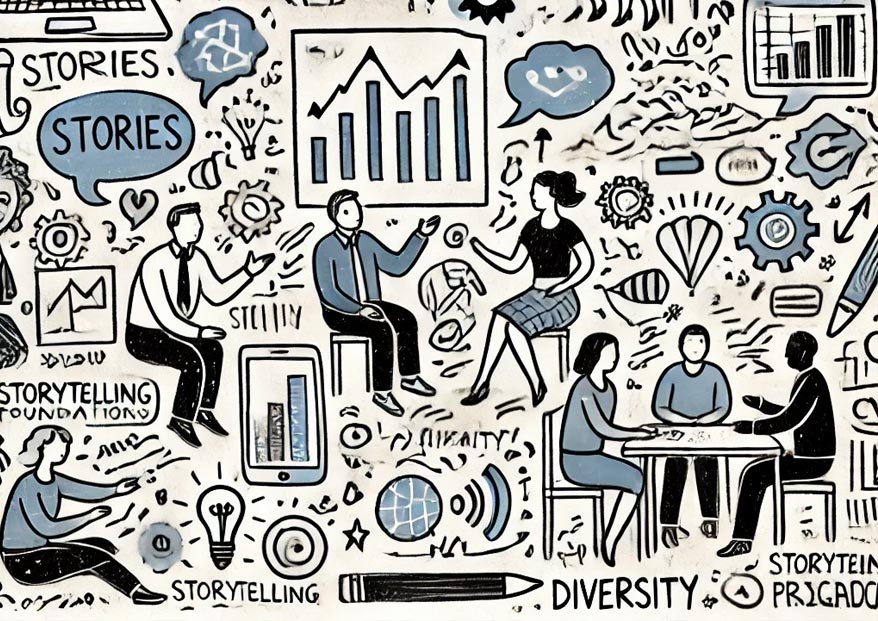As marketing professionals at community foundations, finding engaging narratives can sometimes feel like searching for a needle in a haystack.
With hundreds of nonprofits and countless people benefiting from our grantmaking, how do we find that perfect story that will inspire the next major gift?
Here’s are six strategies we’ve proven over a decade to identify changemakers and emotional stories that capture the essence of our work.
1. Dive Deep into Data Streams
Numbers, statistics, and data can be potent catalysts for storytelling.
Start by analyzing demographic insights of donors, scouring keywords from grant applications, or examining community needs assessments. These data points provide a clear picture of themes to focus on in the coming months.
For instance, check if your city or county has a key performance indicator (KPI) dashboard measuring community health, education, etc. Use this data to highlight areas of high need or success.
A simple keyword search (or better, AI prompt) can reveal the most common keywords used by grantees, leading you to potential story topics.
2. Access Your Grant Management Software
Ensure you have ongoing access to your community foundation’s grant management software. This access allows you to skim applications regularly, gaining insights from a marketer’s perspective rather than relying solely on program managers.
This proactive approach can uncover hidden gems that might otherwise be overlooked.
3. Schedule Regular Meetings with Development and Program Staff
Your colleagues often have a wealth of stories but may not know how to communicate them effectively. Monthly meetings with development and program staff can be invaluable.
Ask questions to uncover content for your stories: Have they met a new donor with an interesting backstory? Is a nonprofit tackling an old problem in a new way? When did they last encounter a story that made them proud to work at a community foundation?
Over time, you’ll train your colleagues to think like marketers, and they’ll start bringing stories to you.
4. Harness the Power of Human Connection
Behind every statistic is a human story waiting to be told.
Take time to connect with nonprofit leaders and partners in person. These interactions are potential treasure troves of narratives, offering insights into the challenges, triumphs, and aspirations of those you serve. Join your development colleague or program manager on site visits once a month.
Building these relationships can lead to a steady stream of inbound stories as trust and familiarity grow.
5. Leverage Partnerships and Collaborations
You don’t always have to find stories alone. Partner with local nonprofits, funders, and community influencers with strong marketing capabilities.
Do some nonprofits post great videos on social media? Is a donor particularly active online? Collaborate with these organizations to access a wider network of stories, resources, and expertise.
These partnerships can offer deeper access to content that might otherwise remain hidden.
6. Embrace Diversity and Inclusion
Every community is a tapestry woven with diverse threads of culture, identity, and lived experiences.
Actively seek out stories that amplify marginalized voices and underrepresented perspectives. Connect with new partners and emerging nonprofits rather than relying on familiar sources.
By championing diversity in your storytelling, you honor the mosaic of your community and foster a culture of belonging and empowerment.

